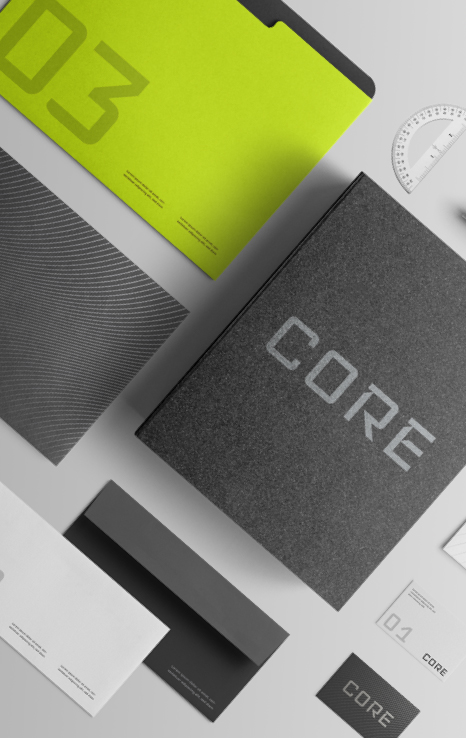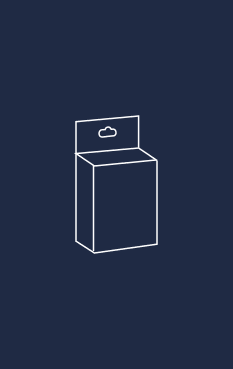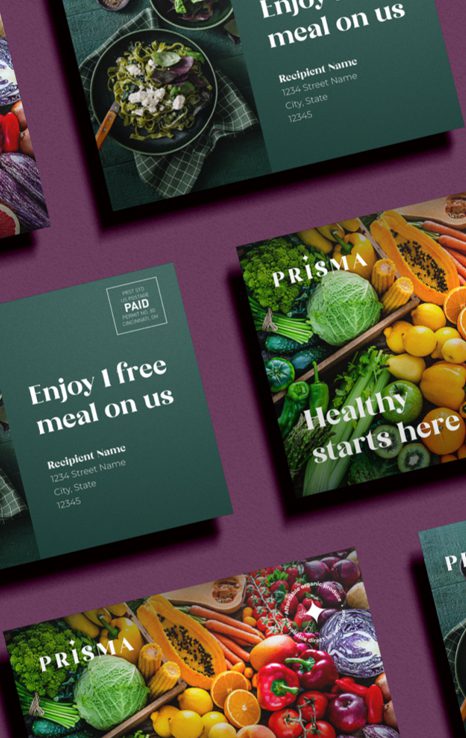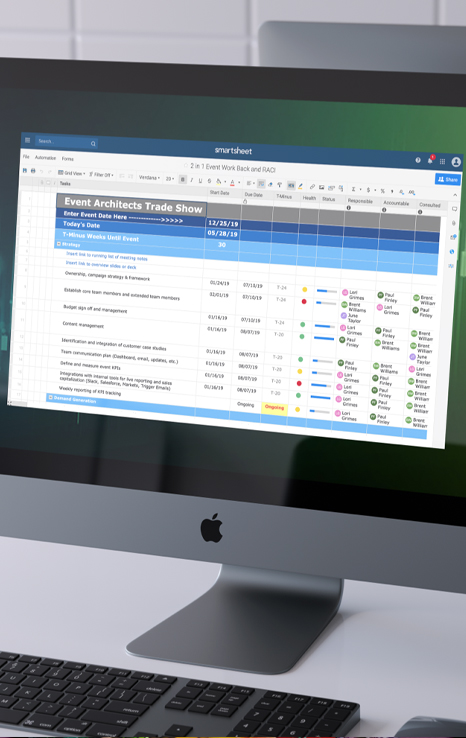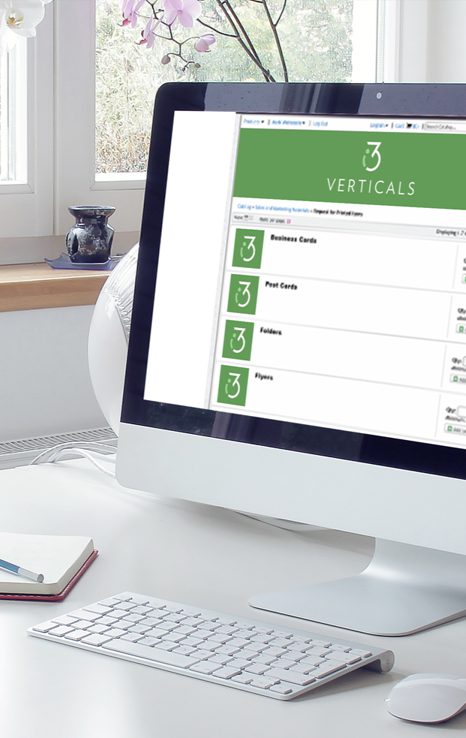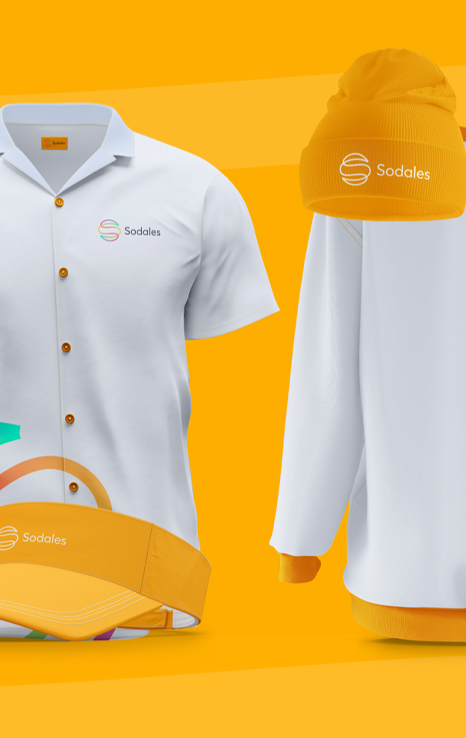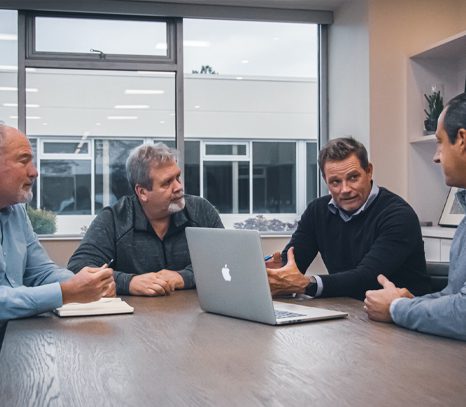Want to know just how quickly customers make decisions about products on the retail shelf? Turn to eye-tracking studies. In these studies, participants wear special head gear that tracks their eye movements.
Eye tracking measures three things:
- The amount of time, in seconds, spent on average by participants fixating on each item.
- The time, in seconds, from when a product first enters a participant’s field of view until the participant fixates on it.
- The total number of times a product crosses into a participant’s line of vision.
Let’s look at the data from some well-known product categories to see what we can learn.
CRAFT BEER
In a study of 30 products, in all but three cases, research participants spent less than two seconds looking at each package. “Time to first fixation,” or the amount of time before participants looked at a product on the shelf, ranged from just over 20 seconds to well over 40 seconds. For the brands with the longest time to fixation, that’s a lot of time for shoppers to be focused on someone else’s product before they get to yours.
SODA
In this category, the brands were more well-known, so survey participants spent even less time “fixating” on them. The time spent looking at the product ranged from 1/10th of a second to 4/10th of a second. The brand that was second to last in terms of time viewed was Coca-Cola, yet it was the second most likely to be purchased. This tells us how important branding is.
EGGNOG
In this category, the span of “time to fixation” was between 8 and 17 seconds. The product with the longest time holding the customer’s eye? Less than two seconds. The product with the least time? Just over half a second.
What is the takeaway? Package design matters – a lot.
- Know what is important to your customers (e.g., ingredients, organic, brand story).
- Put those things front and center so your customers see them right away.
- Analyze your competitors’ packaging and create something that looks different and stands out on the retail shelf.
Plan your packaging as carefully as you do any other element of your marketing campaigns. Know your audience, and design specifically for that audience. Know your competitors, too. Design to be different so your customers fixate on you first!
Source: Studies from Quad Graphics Packaging Insight









